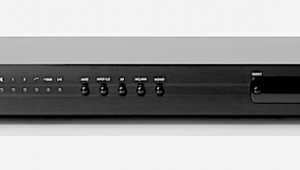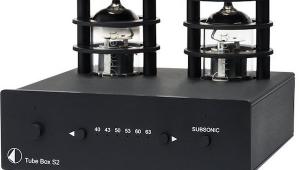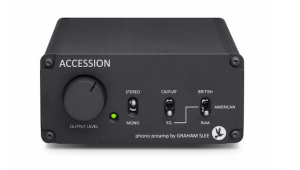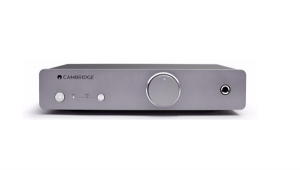It's a little tough to understand the proper working of a Seta Nano Phono preamplifier. It provides the users of Channel Pure Vinyl software with an end-to-end route, overall it's a very good than the older one. AvalonRF
Seta Nano phono preamplifier

When I first wrote about Pure Vinyl in the March 2009 "Analog Corner," Robinson recommended using a good microphone preamplifier to provide the appropriate amount of flat amplification. But even without RIAA compensation, the cartridge still requires the optimal resistive loading, so he supplied his customers with pre-loaded RCA-to-XLR adapters. While that's still a viable if limited option, Robinson has now designed and manufactured, in America, four standalone Channel D phono preamplifiers, two of which I auditioned for this review: the AC-powered Seta Nano ($1599) and the battery-powered Seta Model L ($3799, or $4798 with internal RIAA compensation module).
The Nano includes balanced and single-ended inputs, a balanced, flat (non-equalized) output, and a single-ended RIAA output, both of which can be used simultaneously. The flat output boasts an ultrawide bandwidth (DC–8MHz) and the cartridge loading can be adjusted with rear-panel rotary switches. Space doesn't permit a full description of the Nano (see www.channld.com for complete details), but for some reason the first sample of the Nano went into oscillation and destroyed the tweeter of one of my Wilson Audio MAXX 3 speakers. The replacement unit had a somewhat lower-bandwidth (DC–3MHz) and performed flawlessly, however.
Sound Quality
I started my testing by making a series of recordings using the $1599 Seta Nano phono preamplifier. With the Nano's Flat balanced outputs fed to the A/D converter of the Lynx soundcard and its RIAA-equalized single-ended outputs into the preamp, I could A/B the all-analog, RIAA-corrected "live" playback of an LP with the digitally corrected version. The digital domain version sounded superior—not because digitizing the signal somehow improved it, but because the digital RIAA correction was obviously superior to the analog-domain filter in the less expensive Seta.

Like a high-quality loudspeaker, the digital RIAA equalization's subjective neutrality revealed and resolved far more detail, particularly of low-level information occurring in the same frequency range as high-level information. I could easily hear its superior overall low-level resolution as well—particularly in how it resolved reverberant tails, which extended well beyond what the analog playback produced.
More apparent was the digital version's superior transient response. The analog RIAA version's attack was soft and lacked clarity and definition. Switching to the digital version tightened and clarified the attack and solidified the entire picture. Mush became tightly clarified punch.
I can't say how the Seta Nano compares generally with other $1599 MC phono preamps, because none were available during the time I had the Nano in-house. But compared with the Boulder, AMR, and Vitus phono preamps I reviewed in July's "Analog Corner," which range from $12,000 to $60,000, it was simply out of its league. However, its upper-octave sound, while clean and extended, was somewhat metallic and slightly tinny. However, used to provide flat gain, with digital RIAA EQ, the Seta Nano sounded much better. The cleaner attack and flatter response made the metallic aftertaste less conspicuous and improved its overall coherence.
Summing Up
If you're going to archive your LPs on your computer's hard drive, I suggest aiming higher than the Seta Nano. In fact, if you already have an accomplished phono preamp, just use that, and carefully set Pure Vinyl so it doesn't add RIAA playback equalization during recording, or you'll double your displeasure with massive amounts of possibly speaker-damaging bass.
- Log in or register to post comments


I have heard about "Seta Nano Phono preamplifier" but the first time I know this in detail.
Thanks for sharing.

















































